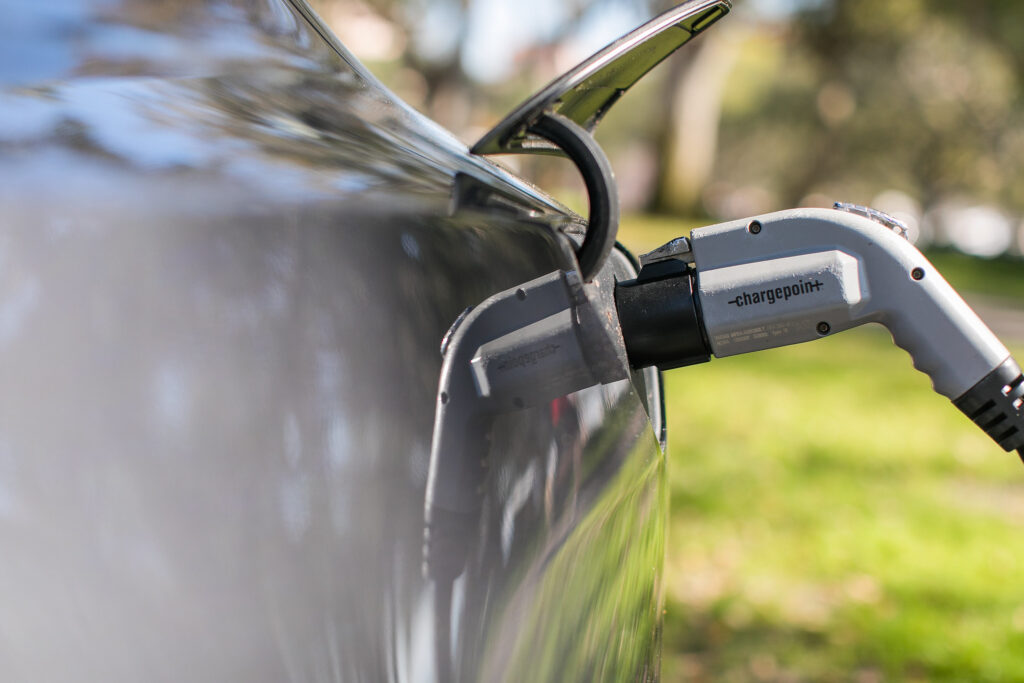
Transportation accounts for nearly a quarter of the direct carbon dioxide emissions coming from burning fuel. As a result, electrification of transport is one of the major ways we can reduce emissions. Increasing the number of electric vehicles over time is essential for meeting emissions targets.
But electric vehicles have the potential to do more than deliver emissions reduction; they can also provide other energy services.
More and more electric cars provide over 200 miles of driving range, but most cars are actually driven no more than 30 miles a day. As a result, the fleet of electric cars represents a huge bank of energy stored in battery packs and mostly sitting around unused. This presents an opportunity to leverage this resource.
Car battery packs could be used to absorb excess renewable energy generated in the middle of the day (for example from solar installations) or at night (from wind farms) and potentially then to export stored energy to power homes and support the grid. This energy system is known as V2G, or vehicle-to-grid technology.
The University of Queensland in Australia has launched a unique international trial to see if the spare battery capacity in vehicles could be used for these purposes. The university has partnered with Teslascope, which is an online analytics platform used by Tesla owners to track the performance of their cars. Tesla owners wishing to be part of the study authorize the collection of their data and, in turn, receive a free 12-month subscription to the Teslascope service. The study will collect data from Tesla owners in Australia, the US, Canada, Norway, Sweden, Germany, and the UK.
**********
Web Links
Can EV spare battery capacity support the grid?
Photo, posted February 8, 2009, courtesy of City of St Pete via Flickr.
Earth Wise is a production of WAMC Northeast Public Radio.
Leave a Reply